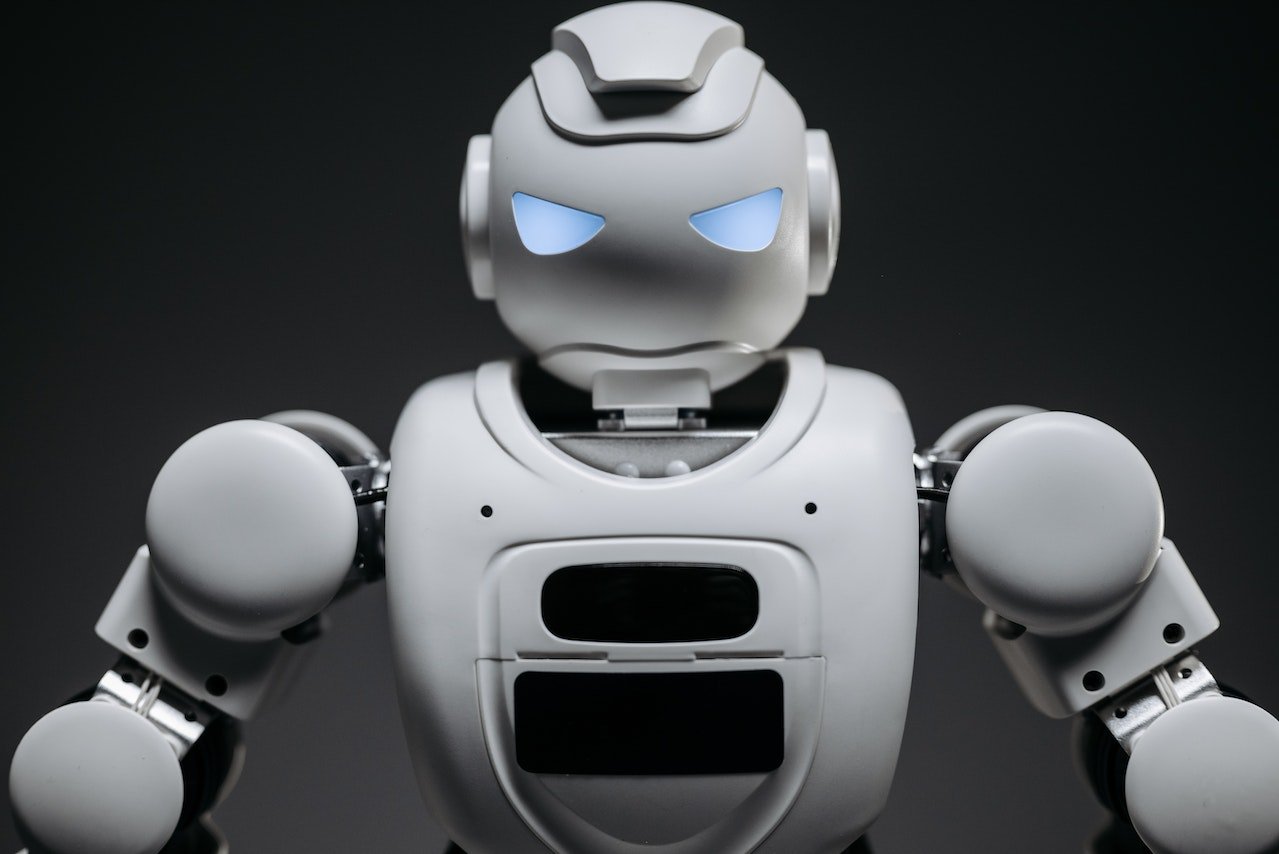In today’s rapidly evolving technological landscape, few concepts garner as much attention and fascination as Artificial Intelligence (AI). From self-driving cars to virtual assistants and product recommendation algorithms, AI is slowly and surely being integrated into our daily lives, revolutionizing industries and reshaping the way we interact with technology even if most of us do not perceive ourselves as techy people. This is a positive aspect of a progressive civilization because technological advancements should not be exclusive to just engineers, scientists and programmers as the layman should also be able to easily access technological advancements in order to benefit from it. But what exactly is AI, and how does it work? Let’s dive into the basics of this transformative technology.
What is Artificial Intelligence?
At its core, Artificial Intelligence refers to the simulation of human intelligence processes by machines, allowing the machines to perform tasks that typically require human intelligence. This particularly means mundane and repetitive tasks that can be performed by humans will eventually be replaced by machines. Looking at it from a positive point of view with some examples, this means bored workers who are stuck with dead end jobs that seem to go no where will soon be a thing of the past and customers who are tired of getting service from customer service personnel with monotonous facial expressions will also benefit by this transition to AI technology.
Going beyond the mundane and repetitive tasks, AI powered machines will also be able to take on a wide range of activities, including problem-solving, decision-making, learning, perception, and language understanding. The AI systems are capable of doing these tasks quite effectively because it is designed to analyze vast amounts of data, recognize patterns, and make informed predictions or decisions based on that information, a capability that humans just cannot do as fast as a computer.
Types of Artificial Intelligence
Artificial Intelligence can be broadly categorized into two main types: Narrow AI and General AI.
- Narrow AI: Also known as Weak AI, Narrow AI is designed to perform specific tasks or solve particular problems within a limited domain. Examples include voice assistants like Siri and Alexa, image recognition software, and product recommendation algorithms used by movie streaming services and online retailers.
- General AI: General AI, also referred to as Strong AI or Artificial General Intelligence (AGI), represents a level of AI that can understand, learn, and apply intelligence across a wide range of tasks, similar to human intelligence. While General AI remains a theoretical concept and has not been fully achieved yet, it is the ultimate goal of many researchers in the field.
How Does Artificial Intelligence Work?
Artificial Intelligence relies on several key techniques and approaches to emulate human intelligence:
- Machine Learning: Machine Learning is a subset of AI that focuses on enabling machines to learn from data without being explicitly programmed. Through algorithms and statistical models, machine learning systems can identify patterns in data and make predictions or decisions based on those patterns. This power of prediction could vastly benefit many industries in maintaining an optimum number of products that need to be kept in storage, for example in industries that trade in perishable goods.
- Deep Learning: Deep Learning is a specialized form of machine learning that utilizes artificial neural networks, inspired by the structure and function of the human brain. Deep Learning algorithms process data through multiple layers of interconnected nodes, enabling them to extract complex features and patterns from raw data.
- Natural Language Processing (NLP): NLP is a branch of AI that enables machines to understand, interpret, and generate human language. NLP algorithms are used in various applications, including language translation, sentiment analysis, and chatbots. Just imagine how useful it will be if our smartphones that we love to carry around can understand more of our speech regardless of the accent we speak in. This would mean much less tapping on the tiny screens which people with long sightedness and big stubby fingers will welcome with open arms.
The Impact of Artificial Intelligence
The proliferation of AI technologies has had a profound impact on various aspects of society and industry:
- Automation: AI-powered automation has transformed industries ranging from manufacturing and logistics to finance and healthcare, streamlining processes and increasing efficiency. There are already automation being deployed in large shipping ports which greatly reduce the need for manual labor, thus making these once laborious jobs to be much safer and healthier for the workers.
- Personalization: AI algorithms enable personalized experiences for users, such as tailored product recommendations, targeted advertisements, and customized content. With so much varieties on the Web, AI could benefit shoppers by reducing the time to research and compare between products.
- Healthcare: AI is revolutionizing healthcare by facilitating early disease detection, medical imaging analysis, drug discovery, and personalized treatment plans. Some AI powered devices that we can expect to see in the near future are virtual nursing assistants that can monitor patients, prompt reminders and answer typical questions.
- Ethical Considerations: As AI becomes more pervasive, ethical considerations surrounding issues like bias, privacy, accountability, and job displacement have come to the forefront, prompting discussions and debates about responsible AI development and deployment.
Conclusion
Artificial Intelligence represents a transformative force that is reshaping our world in profound ways. From enhancing productivity and efficiency to enabling new capabilities and insights, AI has the potential to drive innovation across diverse domains. However, as we continue to harness the power of AI, it is essential to address ethical considerations and ensure that AI technologies are developed and deployed in a responsible and ethical manner, ultimately serving the betterment of humanity.




